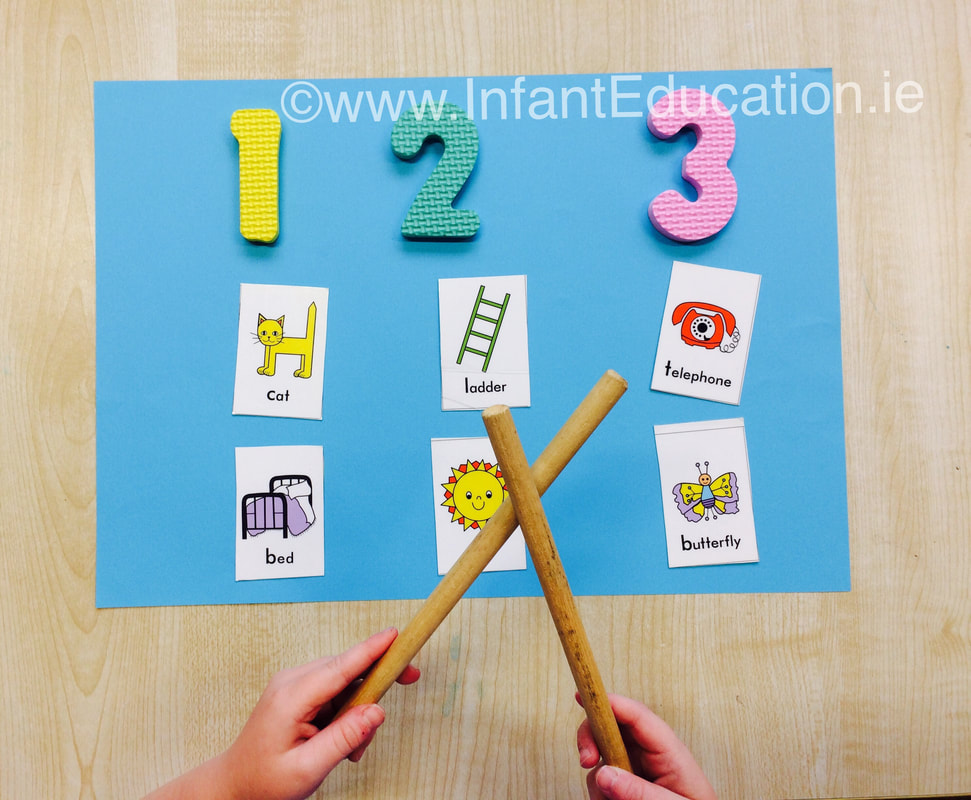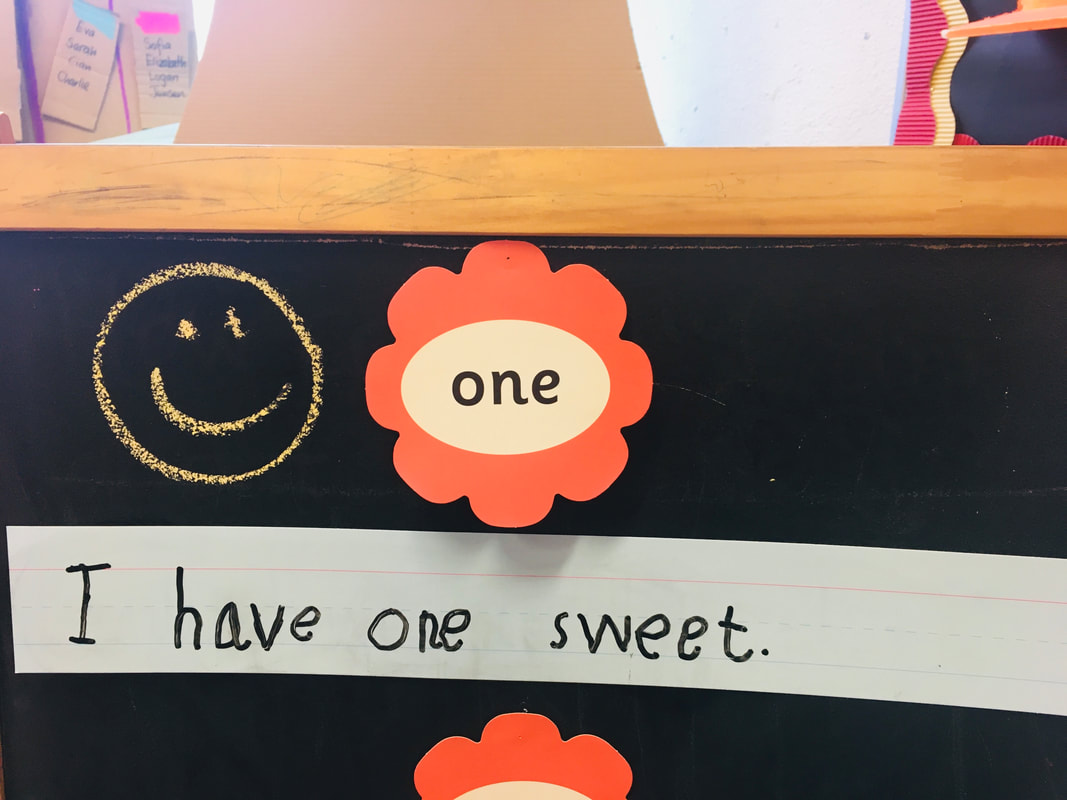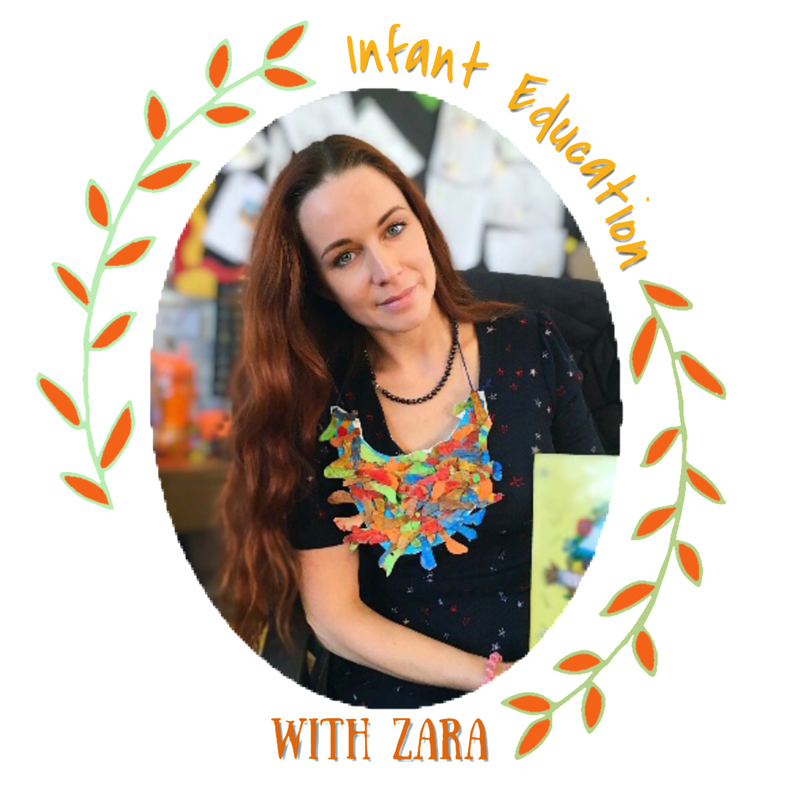Five tools for the balanced reader’s toolkitSupporting children through the process of learning to read with little stress and as much success as possible is the ultimate goal of any teacher. We want children to become successful and component readers who read for both knowledge and enjoyment, a complex task for any teacher regardless of experience. And just when you feel you know what you’re doing, you realise that each new class, with their unique needs require a whole new approach to literacy! There is no quick fixer for gaining reading success, nor will any one component alone, churn out those fluent readers. The challenge for us educators is to provide each child with a personally tailored set of tools for their reading toolkit. In this post, I will walk you through the key components [or tools] that fluent and successful readers have. The focus will be on the infant years and emergent readers specifically as children build the foudation knowledge, skills and aititudes around reading. As a reader's fluency develops, the balance of components changes, for example, the conventions of print become near obsolete as a child becomes well practised with them and they become second nature, as does phonetic decoding when words are tranfered into visual memory. However, it is essential for teachers working older children familiarise themselves with these fundamental components of reading so that they can identify and support difficulties that may arise for older struggling readers. When it comes to teaching literacy, knowledge is most certainly power! The first three literacy 'tools' I mention below are essential aspects of the emergent reader's toolkit. If any of these componants are underdeveloped the reader will not be able to assess fluency and comprehension discussed in component four and five. The key to reading success is getting the right balance of reading strategies! 1. Concepts of PrintConcepts of print refer to a general awareness of how print works, simple rules that print follows in order for it to make sense to the reader. Children need to develop an understanding that print conveys spoken language in its abstract form. Concepts of print are essential for emergent readers and writers. Therefore in infants, most reading sessions should begin with a focus on these concepts until they become embedded in a child's understanding. The concepts of print address several different components: Concepts of books
Directionality
All of the above concepts of print are evident in every aspect of a child's life long before they even come to school. Children will experience print around them in computer games, shop signs, road markings, posters, menus, newspapers and magazines. By observing an adults reaction to this print, children start to understand the message print conveys in its many different forms. It is easy for adults to dismiss the concepts of print simply because they are so familiar to them. However, for children, many of these concepts require discrete instruction, particularly for children who have had little exposure to print in early childhood. Concepts of print help form the foundation of learning to read and write and are a strong predictor of future success in reading and writing. 2. Decoding
Phonics The best readers are tuned into the phonemes (sounds) that make up words in the English language. They can manipulate these sounds well orally and later they learn to bridge a connection between these phonemes and the grapheme (written symbols) as they develop their understanding of phonics. It is this component of their reading toolkit that is most important as a child starts their reading journey and time spent daily teaching phonics should reflect this. In other words, a systematic phonics program will be a crucial element of the emergent reader's development. However, opportunities to bring phonetic understanding into context through daily reading experiences is essential. Good phonic knowledge is the power drill of the reading toolkit; without it, the job is going to take longer, be significantly more problematic, and for most, reading will not happen. 3. VocabularyVocabulary Bank A person’s bank of vocabulary combines oral, aural and print knowledge and is intertwined into every aspect of learning. It will come as no surprise to hear that it plays a fundamental role in learning to read. In the early years, children seem to be exceptionally receptive to learning new vocabulary. From the moment of birth, children are exposed to language incidentally through social interactions, often involving books. Emergent readers begin to receive more formal language instruction when they start school, much of this is through books and print exposure that reflects all types of genres. Informal exposure to print, when a teacher reads aloud to the class and playful reading activity such as DEAR (Drop Everything And Read Time) significantly increases a child’s vocabulary. Alongside these experiences, teachers must also formally teach new and genre-specific language to improve fluency and comprehension of print. Such lessons need only be a five or ten-minute blast session. In this interactive Word Wall Display, Children can come up and choose a word and bring it back to their table. Vocabulary is catorgorises into groups to help children expand their vocabulary. It is difficult to bridge that words gap that can arise across socioeconomic classes. Children who have had little or no experiences with print in their early years will have a significantly lower bank of vocabulary, and it is likely they will need more scaffolding and levelled support put in place. Children who have built up a large bank of vocabulary before coming to school will find it easier to work out words or at least make educated guesses. Vocabulary, phonics and PA are very much interdependent, finding the right balance of these components will create fluent reader who comprehended what they read. For example; if a child can use their phonics to sound out the word c-a-t, while at the same time using phonological awareness or aural vocabulary to link these sounds to their oral vocab bank. They say to themselves "that word sounds like a word I already know... cat!" and so the word becomes part of their print vocabulary. This is know as orthographic mapping and is an essential part of learing to read. A more extensive vocabulary pays off exponentially as a child progresses through school in all subject areas. It opens the doors for reading success! HFW or Sight Words Sight words are a bank of words that a child can automatically recognise and understand by sight and are often the most common words that they will come upon in readers. The emergent reader will often attempt to decode a 'sight' word which is perfectly acceptable, and in time these words become stored into visual memory to become sight words (orthographic mapping). Some children will be quick to store these words into their visual memory bank, but for others, it will require many repeated exposures. All words become 'sight' words in time as children become practised in the repeated reading of familiar texts, but not all of these words require explicit teaching as sight words.
4. Fluency and PhrasingFluency is the ability to read a text smoothly with expression and comprehension. Fluent readers have all of the above tools securely fastened into their toolkit. Fluency is not just about reading the words on a page quickly. Even the most fluency readers might read a complex text slowly depending on how familiar they are on the language of the text. I can vouch for that one, especially when reading any technical material! Naturally, this is the least developed component of an emergent reader’s toolkit.
Intonation and phrasing Supporting the children to read in meaningful chucks is essential and helps children build fluency to avoid reading like a 'robot'. Once children reach a certain level of fluency encourage them to read in chunks of three to four words at a time. An interesting point to note is that EAL children will often phrase their sentences according to their first language, which may be quite different from the phrasing of the English language. I often notice when reading with an EAL child, their phrasing is an easy giveaway that they do not understand the meaning of a sentence or a word. Punctuation Punctuation is there to help the reader. To the emergent reader, it can be challenging to take on punctuation with all the other skills required for reading fluently. The best way to develop understanding is to demonstrate how punctuation helps a reader; it is there to help their understanding and make reading more enjoyable for them. Provide early readers with plenty of teacher demonstration that models how the position of punctuation can completely change the meaning of a sentence. Below are a few enjoyable and playful picture books written by Lynne Truss that illustrate the importance of accurate punctuation! Expression When working on fluency with emergent readers, it is essential to start with simple text that they can read comfortably without having to do much decoding. In the case of children who have little or no reading skills, it is advisable to practice reading back simple sentences. For added support, accompany these with a picture or image, children can then repeat the same simple sentence structure with perhaps a one-word change. Upon repeated reading, the children should receive guidance and feedback from the teacher. For example: The girl was happy. The girl was scared. The girl was sad. The girl was excited. Each time the sentence is repeated, the teacher changes the tone and expression of their voice and facial expressions. When working on reading fluency with emergent readers, it essential to start with a simple text that they can read comfortably, without having to do much decoding. For this activity, the children learned how one's expression, when reading this simple sentence, can completely change the meaning.
The above activity takes a few minutes at the end of our daily tricky word blast. It demonstrates the importance expression plays for the fluent reader. Children need to understand why they need to read with fluently if they are to engage in repeated practice needed for it to develop. To demonstrate the importance of fluency, I engage in the entertaining practise of reading the children a passage of text in a robotic monotone without pausing at any full stops. They soon understand that an audience will find it much more enjoyable to listen to a fluent reader. However, they must also know that this fluency takes much practice and will come in time. 5. Comprehension - The Ultimate Goal!Build it, and comprehension will come! By this, I mean, if a child has all of the above tools, comprehension will follow. Reading comprehension is the ability to process information in a text and extract meaning from it. There are three levels of comprehension we want an emergent reader to gain from reading text.
I would like to thank the children who kindly consented to having their work samples and/or photographs used on this website. Infant Education was granted parental permission for the participation of their children on this website. © InfantEducation.ie 2019. Unauthorized use and/or duplication of this material without express and written permission from this site’s author and owner is strictly prohibited. Excerpts and links may be used, provided that full and clear credit is given to InfantEducation.ie with appropriate and specific direction to the original content.
1 Comment
Your comment will be posted after it is approved.
Leave a Reply. |




















 RSS Feed
RSS Feed